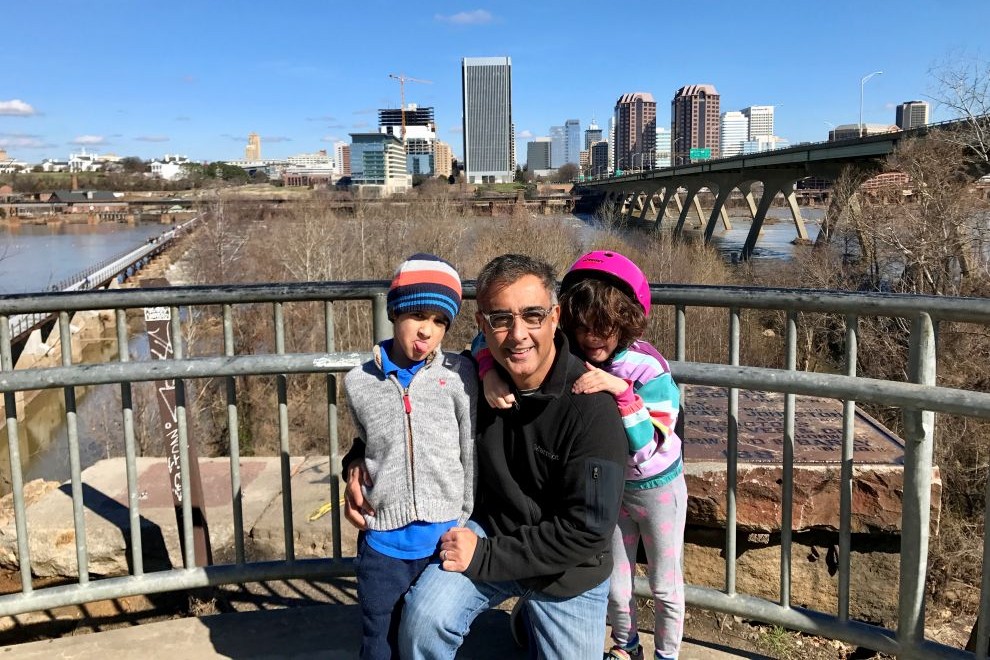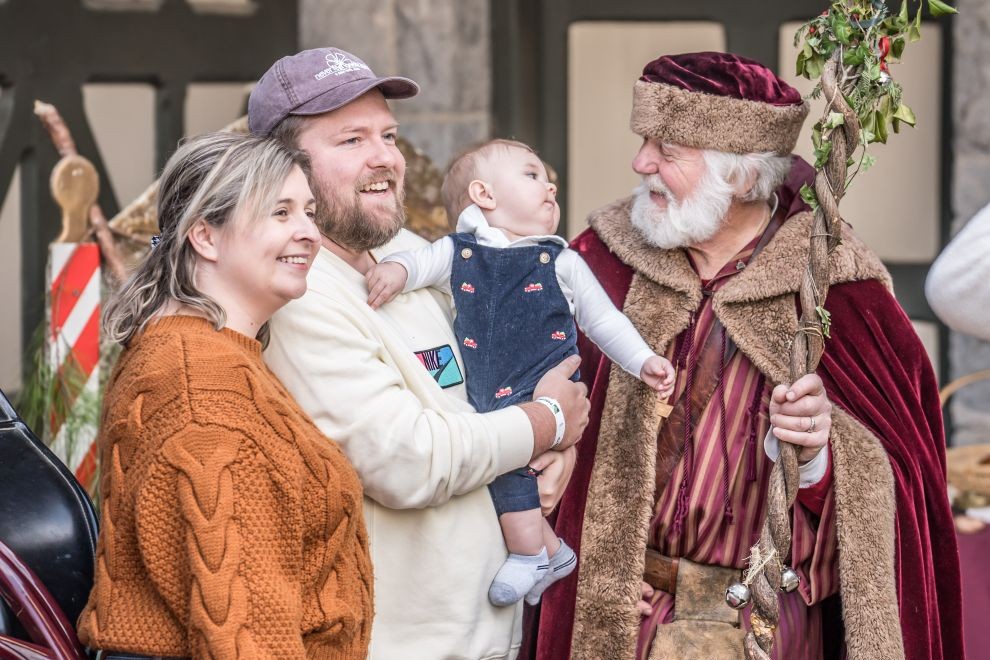Many people imagine human trafficking as something out of a Liam Neeson movie. A predator snatches a woman in a parking lot. He ties her up. He gags her and throws her into a van. But that is rarely how trafficking plays out. Instead, it’s often a long, protracted campaign waged against a vulnerable person. It’s about control. The trafficker might use romance, gifts, promises, and drugs to target vulnerable young people. Sadly, sometimes a trafficker is a family member or a trusted friend.
The Polaris Project – a national nonprofit that works to combat and prevent human trafficking – estimates there are 25 million people worldwide who are trafficked. The two categories of trafficking are sex and labor, both of which are defined as crimes where someone uses force, fraud, or coercion to induce another individual to sell sex, to work, or to provide a service.
The staff at Safe Harbor, a nonprofit in Henrico County, understands what trafficking is, works hard to educate the public about the realities of trafficking, and uses this understanding to rebuild the lives of survivors. Safe Harbor was founded twenty years ago when the organization opened an emergency shelter for domestic violence survivors in imminent danger. The organization expanded its services to provide free counseling to sexual and domestic violence survivors, added counseling for children who witnessed domestic violence, and launched aggressive outreach efforts in the community.
In January 2017, Safe Harbor opened the first comprehensive human trafficking shelter program in Central Virginia to provide
shelter, counseling, case management, and addiction counseling for survivors of trafficking. “Prior to this time, there were no programs in Central Virginia and few trafficking recovery programs throughout the state and nation,” says Cathy Easter, executive director of Safe Harbor.
Safe Harbor’s efforts to work with trafficking survivors were so successful that it recognized an opportunity to leverage the lessons they had learned as a pioneer in trafficking victim recovery. “We realized that we could help others doing the same kind of work by hosting an annual conference. We are proud to have helped inspire similar programs elsewhere in the state and nationwide,” says Easter.
While trafficking is a global human rights problem, it is prevalent in Virginia, and more specifically, in the Richmond region.
Easter notes that Virginia ranks sixth in the nation for highest number of human trafficking cases. “What’s more, Richmond is a particularly desirable location for traffickers because of its proximity to Interstates 95 and 64,” says Easter. “It’s clear that Safe Harbor is addressing a community need with these programs.”
As Safe Harbor approaches its milestone twentieth anniversary, Easter acknowledges its evolution and the similarities between survivors of trafficking and abuse. “A non-profit must be responsive to the community. We realized that we could more robustly fulfill our mission by answering the call to help trafficking survivors, who, like domestic violence survivors, were often controlled with violence by their abusers.”
Safe Harbor serves more than 1,500 survivors of sexual and domestic violence and human trafficking a year. Services are offered in English and Spanish for survivors of sexual and domestic violence, including support for clients seeking medical help and court advocacy.
According to Elena Brooks-Perkins, who serves as outreach and education manager for Safe Harbor, the organization educates 9,000 community members a year, 2,000 of whom are younger than eighteen, about the challenges and dangers of domestic abuse and human trafficking.
“The community has made our twenty years of work possible. We rely on donations to accomplish our mission,” Easter says. “All of our services are offered free of charge. To make that work possible, we rely on the generosity of the public.”





